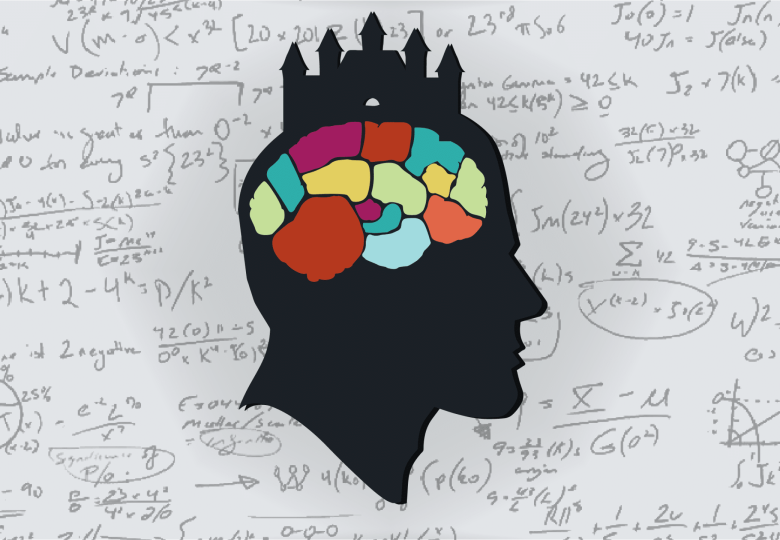Memory palace or mind palace
Remember what you have learned

Introduction
In the modern television adaptation of Sherlock Holmes, the iconic detective retreats to his “mind palace” to recall memories. The memory palace or loci method is a mnemonic strategy for remembering information by associating it with mental images placed in familiar locations. The technique dates back to ancient times and is known for enhancing memory.
History
Cicero’s book “de Oratore” credits the poet Simonides of Keos as the inventor of memory palaces. After a banquet at a nobleman’s house, Legend has it that Simonides could identify the deceased guests because he remembered the seating arrangement in the hall. This event led him to develop the idea that order helps clarify memory.
Memory Technology using Locations (Loci)
Ad Herennium distinguishes between natural memory and technologically based memory. Technologically based memory, such as the memory palace, can be improved through training. This method can be used to organize thoughts for effective speeches and to memorize vocabulary in foreign languages.
Creating a Memory Palace
Choosing a location with clear and defined segments is crucial when creating a memory palace. An abandoned or stationary place is recommended to ensure the visualized setting remains intact for effective recall. For example, using different rooms in one’s childhood home can be a good starting point.
When you wander through the place, it must follow a specific route; otherwise, you risk losing the order of the memorized number.
If you cannot find a suitable place for a memory palace, you can create one in your imagination instead. This has the advantage that you can decide the size, design yourself, and organize the smaller spaces in the way you want.
The pictures placed in the memory palace must resemble the things depicted. They can either be an actual picture of the thing to be memorized (for example, a horse if you want to remember a horse) or an image that somehow resembles the word (for example, a four-leaf clover if you’re going to place the word “luck”).